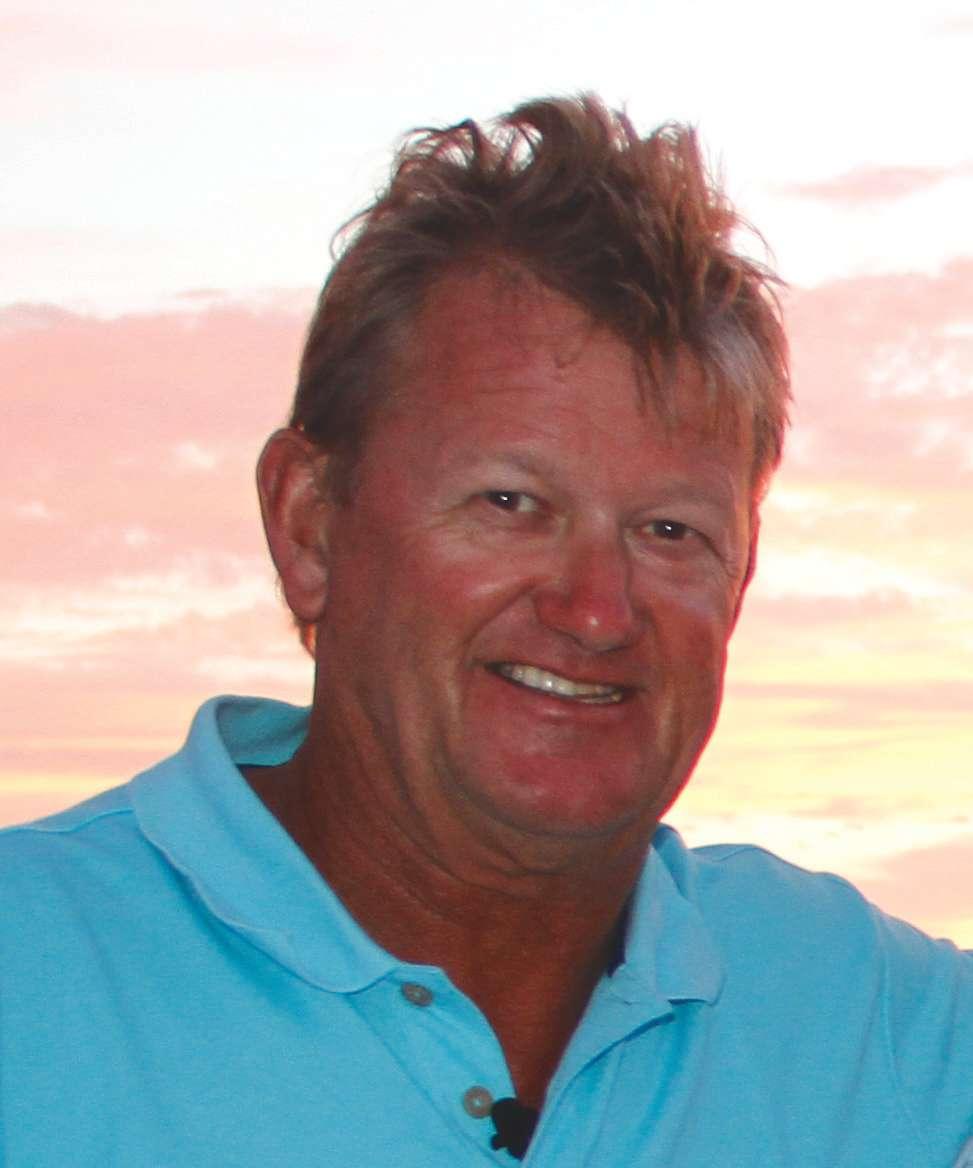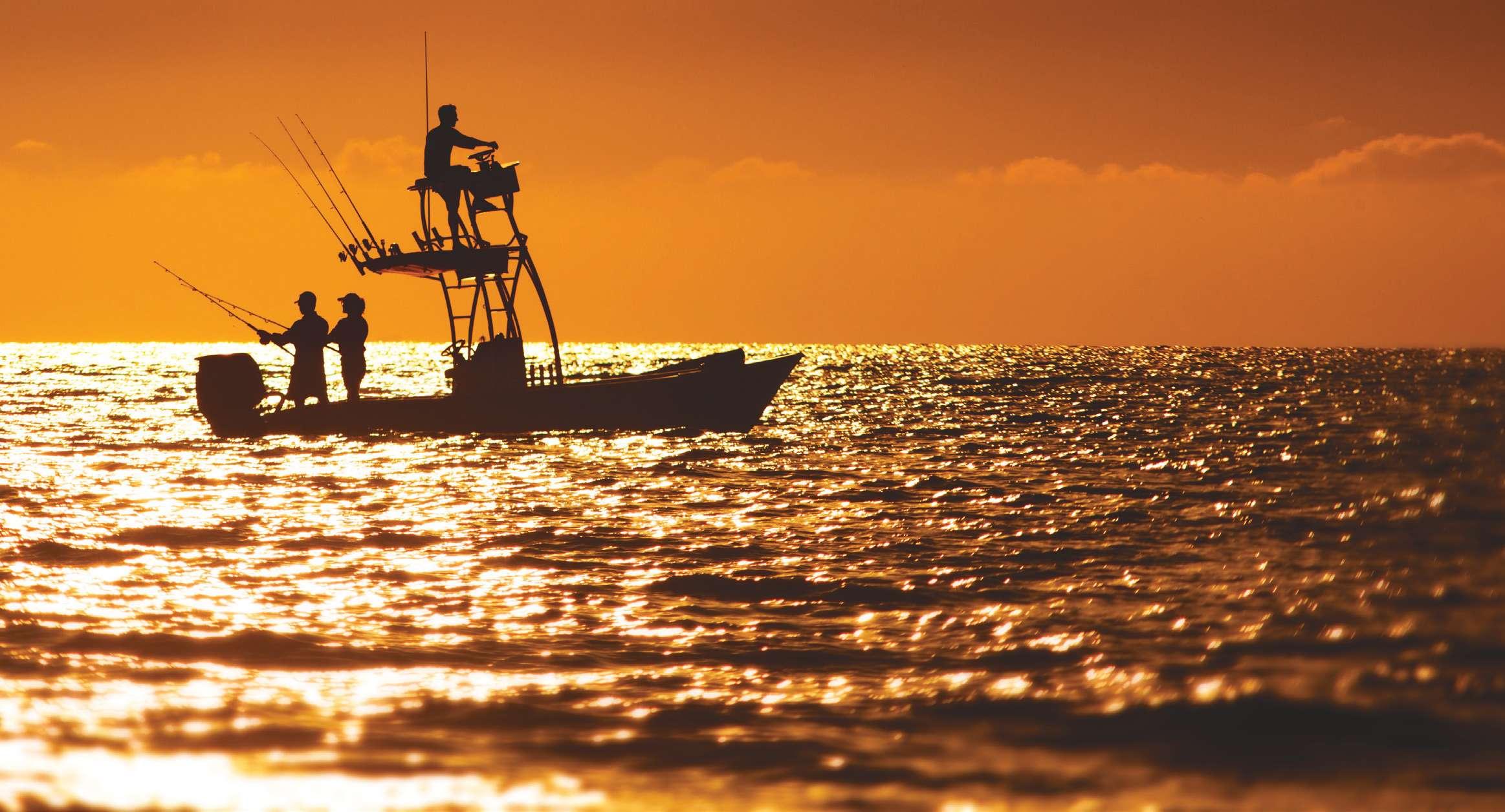
3 minute read
Great Gains in the Gulf
In the Cayman Islands, where I live, the fsh habitat is abundant. Crystal-clear Caribbean water with miles of coral reefs provides a home to everything from sea anemones to lobsters to grouper and other reef fsh. Patrolling the outer perimeter of those reefs are wahoo, marlin, sharks and a host of schooling fsh. The marine ecosystem in the Caymans and other tropical outposts around the world is a perfect exhibition of nature’s balance—something that man could not and should not try to improve upon.
Other areas of the world, such as the northern Gulf of Mexico, aren’t quite so fortunate. Sure, there are a few ancient, rocky outcroppings scattered about, but for the most part, the bottom topography in the Gulf is a massive desert—just hundreds and hundreds of miles of fat, sandy bottom. We all know, of course, that there’s a lot of oil and gas under that unassuming sand. Because of that, states like Louisiana, Texas, Mississippi and Alabama have built hundreds of oil wells ofshore. The downside of that are super tragedies like Deepwater Horizon. The upside (besides providing energy, jobs and a huge revenue stream for the states) is that they become vibrant reefs. Obviously, they’re not as picturesque as the Caribbean coral reefs where many of my painting subjects live, but for the average fsh, rigs are as perfect a habitat as man can provide.
Everyone is well aware of the incredible diving and fshing those rigs ofer. However, fewer know about the 17,000-plus artifcial reefs that Alabama has built over the past four decades, making it the number-one state in the U.S. for artifcial reefs. With only a 60-mile shoreline, Alabama has had to be creative. Many of the original artifcial reefs were single cars or a pile of tires. Just drop a Ford or Chevy overboard and, presto, a reef is born. Time and research on the efectiveness of artifcial reefs has produced smarter fsh homes that don’t rust and break apart (see article on page 34). Other popular artifcial reefs are formed on large, sunken ships as GUY HARVEY, PhD well as giant spans of concrete left to fall to the ocean foor after bridge removal and reconstruction.
The end game of this record number of reefs Alabama has deployed is an equally explosive population in the red snapper fshery. Where there once were very few snapper, there are now hundreds of thousands of these prized and delicious gamefsh supporting a sustainable recreational and commercial fshery. It’s a testament to man’s ability to manage an ecosystem efectively rather than destroy it, like what has happened to some of
is an internationally-acclaimed artist, fsherman, scientist, and world traveler, who devotes much of his time and money toward ocean conservation.


my beloved coral reefs around the world.
Over the years, many individuals and groups have contributed to Alabama’s ofshore management. Since 1971, a guiding infuence has come from the Dauphin Island Sea Lab, a marine laboratory that encompasses marine science education and research, coastal zone management policy and educating the public through the Estuarium, their local aquarium. Located on the eastern tip of Dauphin Island, a barrier island in the Gulf of Mexico, the lab is surrounded by Mobile Bay, Mississippi Sound and the waters of the Gulf, making it perfectly situated for a wide range of marine science activity. Dr. Bob Shipp and Dr. George Crozier, two legends in the Gulf of Mexico’s marine science community, have kept their fngers on the pulse for more than fve decades. Again, it’s an example of stakeholders working in unison to achieve a common goal. Without the science community, the regulatory groups wouldn’t have a clue how to manage. And without proper management, the fshery could collapse.
Our oceans still face many problems: shark fnning, coastal pollution, longliners, poaching and the list goes on. But when everything works properly and a fshery grows (and stays) healthy, we all win.







